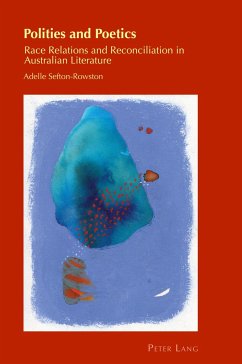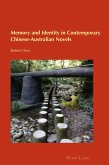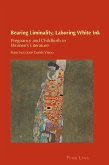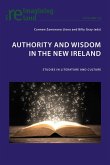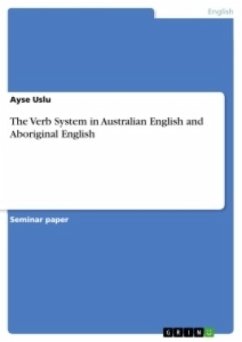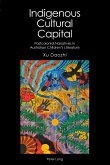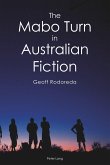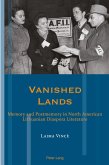A reconciliation movement spread across Australia during the 1990s, bringing significant marches, speeches, and policies across the country. Indigenous and non-Indigenous Australians began imagining race relations in new ways and articulations of place, belonging, and being together began informing literature of a unique new genre. This book explores the political and poetic paradigms of reconciliation represented in Australian writing of this period. The author brings together textual evidence of themes and a vernacular contributing to the emergent genre of reconciliatory literature. The nexus between resistance and reconciliation is explored as a complex process to understanding sovereignty, colonial history, and the future of society. Moreover, this book argues it is creative writing that is most necessary for a deeper understanding of each other and of place, because it is writing that calls one to witness, to feel, and to imagine all at the same time.
«What is original about this work is that it offers not just to demonstrate the importance of works that simply mirror or realistically represent Indigenous and non-Indigenous relations, but to reveal the reconciliatory work which this literature is performing. It does so by examining in depth the work of important Aboriginal writers and the ways in which readers are drawn towards the processes, logics and possibilities of reconciliation.» (Professor Lyn McCredden, Chair of Literature, Deakin University)
«A compelling and thought-provoking read, this book is a monument to reconciliation. A must for school and university curriculums.» (Marie Munkara, author of Of Ashes and Rivers that Run to the Sea)
«A compelling and thought-provoking read, this book is a monument to reconciliation. A must for school and university curriculums.» (Marie Munkara, author of Of Ashes and Rivers that Run to the Sea)

